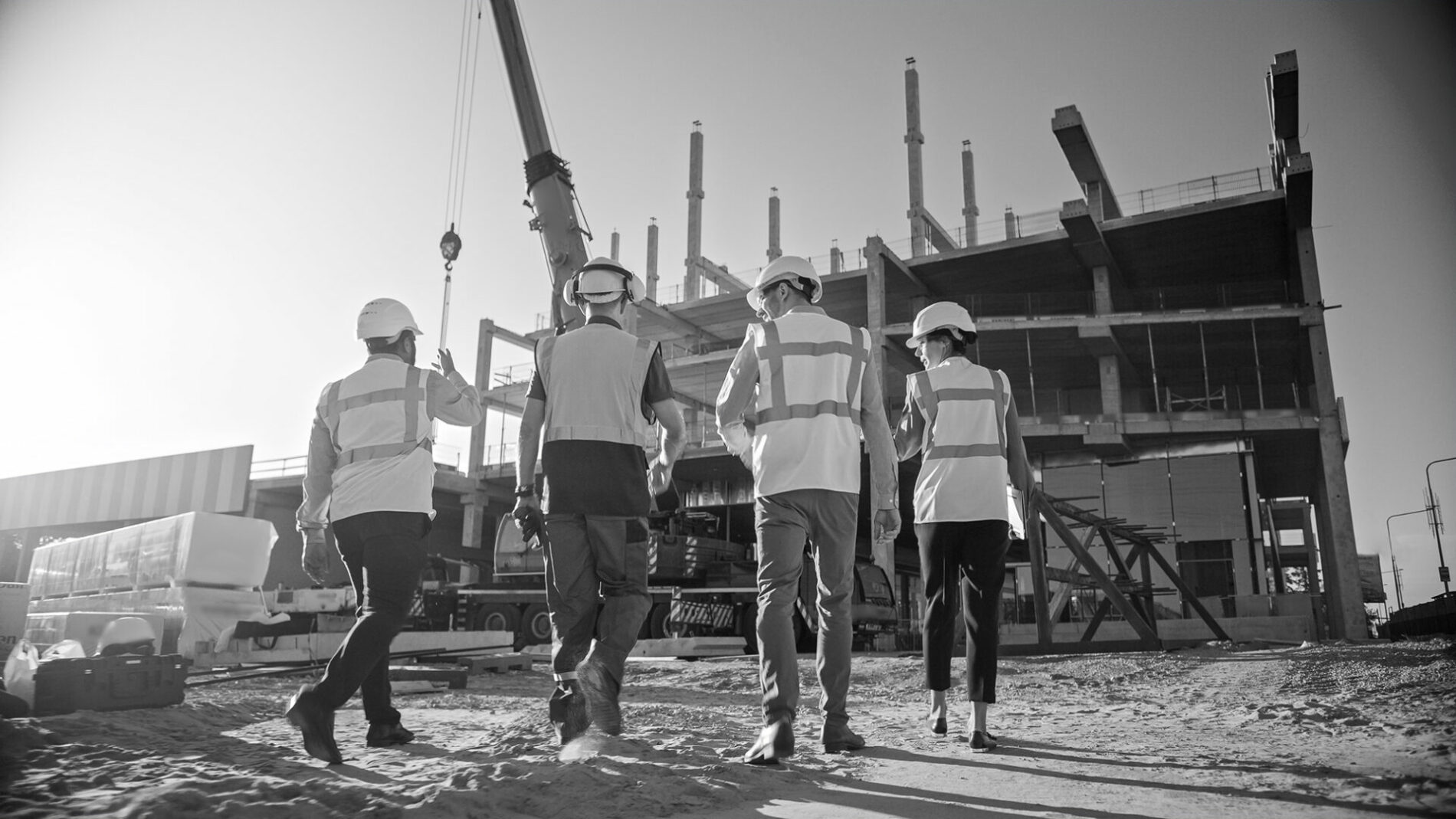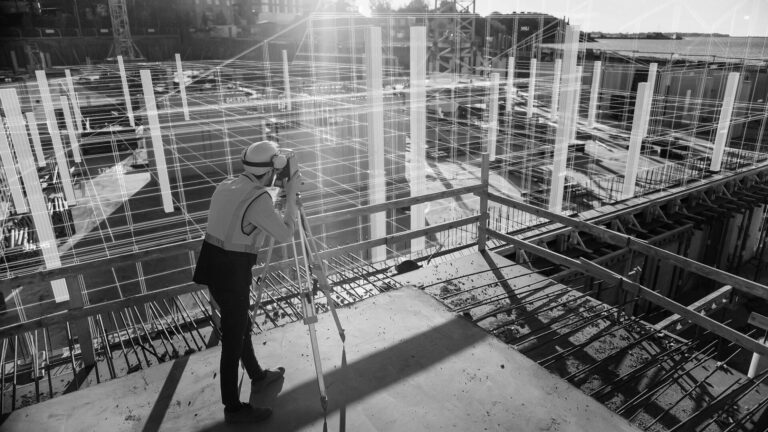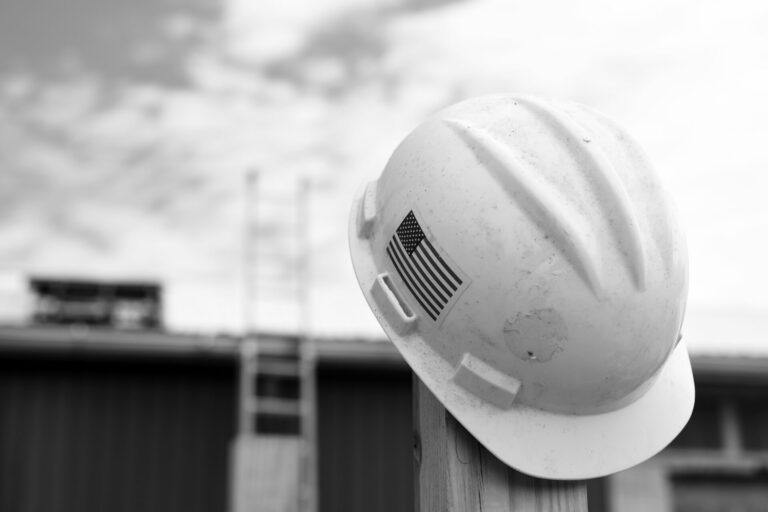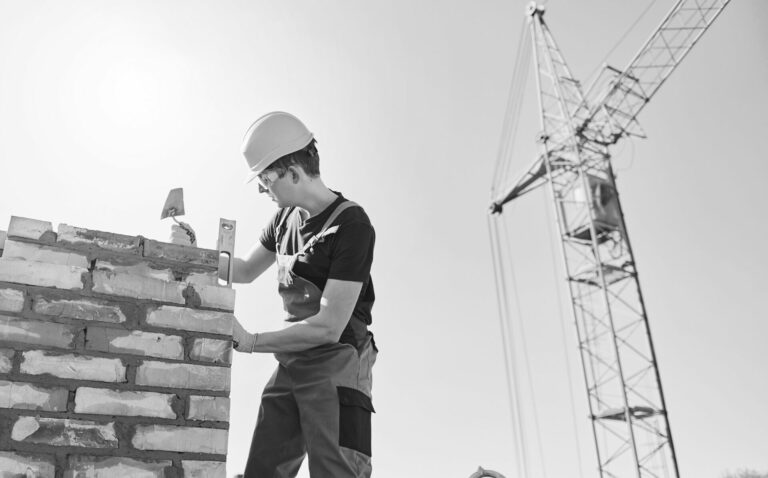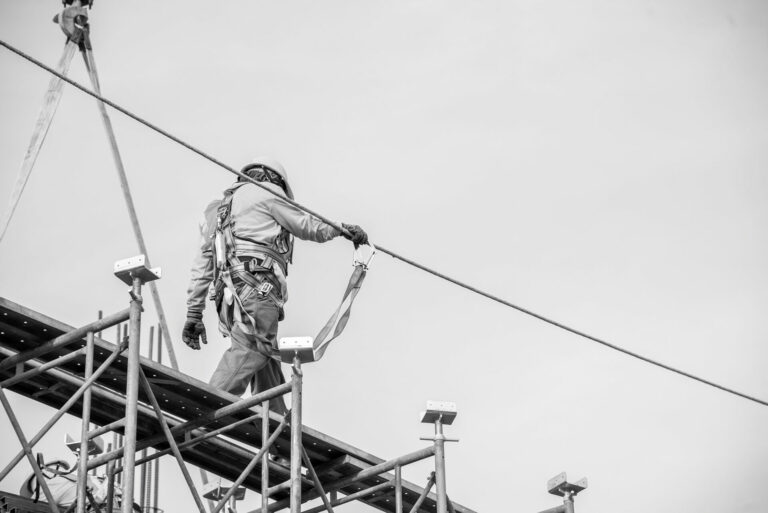Union membership is at an all time low. Despite wide-scale public support for recent labor disputes such as the Hollywood writers’ strike and the United Auto Workers, members on the ground are running thin. It is a peculiar state of affairs. Recent statistics show approval ratings for unions is running at a near high. Figures collated by Gallup show that 61% of respondents believe that unions have a positive effect on the U.S. economy. While 43% would like to see unions have more influence in the country. These are clearly not superficial leanings. Rather, they demonstrate a growing acceptance of the positive impacts that collective bargaining can offer a workforce. Interestingly, these figures also mark the continuation of a five-year rising trend.
On the other hand, union membership figures are at a record low. Hovering around 10%, they have been in steady decline for over two decades. So, what can we infer from these falling membership figures, in particular in the context of growing support for the union movement? Does this demonstrate an apathy within the American public to get involved? Maybe cost-of-living challenges are prohibiting some from union fees? The answer is not quite clear. However, these statistics must be read under the umbrella of an ongoing battle around Right-to-Work laws.

Right-to-Work laws are deeply complex, and politically divisive pieces of legislation. Adopted as far back as 1947 in some places, the laws are upheld in 26 states. They govern the right for an employee to choose or forego union membership in a unionized company. While that, in essence, may sound rational and fair, the laws also allow for non-members to avail of union benefits such as pay increases and representation during arbitration proceedings. According to the Economic Policy Institute, this has a detrimental effect on unions and their workers. “So-called right-to-work legislation entitles employees to the benefits of a union contract—including the right to have the union take up their grievance if their employer abuses them—without paying any of the cost. This means that if an employer mistreats a worker who does not pay a union representation fee, the union must prosecute that worker’s grievance just as it would a dues-paying member, even if it costs tens of thousands of dollars. Non-dues-paying workers would also receive the higher wages and benefits their dues-paying coworkers enjoy.”
“We are coming together to restore workers’ rights, protect Michiganders on the job, and grow Michigan’s middle class.”
The EPI conducted research into the widescale effects on workers’ pay and conditions of RTW. Factors including cost of living considerations and up to date population surveys were used. The findings suggested that, rather than benefit individual workers in freedom of choice, RTW laws resulted in lower wages throughout RTW states. EPI concluded that this was, in part, caused by unions decreased ability to advocate on behalf of all workers. “Wages in RTW states are 3.1 percent lower than those in non-RTW states, after controlling for a full complement of individual demographic and socioeconomic factors as well as state macroeconomic indicators. This translates into RTW being associated with $1,558 lower annual wages for a typical full-time, full-year worker.” Meanwhile, advocates of Right to Work laws argue that forcing workers to pay dues amounts to “compulsory unionism.” They argue that the practice is immoral and damages a state’s ability to attract new business.
It is near impossible to pull the threads of these arguments apart. They are steeped in historical and modern political biases and the laws —or rejection of them— are political badges of honor.
In a first on the American labor landscape, however, Michigan recently became the first state to repeal these laws. The state, one with a rich history of labor minded beliefs, rescinded the law that had been enacted in 2014 by Republicans. Michigan’s Democratic Gov. Gretchen Whitmer believes that the repeal of this law is a positive thing for everyone in the state. “We are coming together to restore workers’ rights, protect Michiganders on the job, and grow Michigan’s middle class,” she said.
Michigan State AFL-CIO is the state federation of labor. It currently represents over one million active and retired members of over forty unions across the state. Following on from Gov. Whitmer signing the repeal, President of Michigan AFL-CIO Ron Bieber said that the repeal affords a protective element to Michigan workers. “After decades of anti-worker attacks, Michigan has restored the balance of power for working people by passing laws to protect their freedom to bargain for the good wages, good benefits and safe workplaces they deserve.”
Alongside the repeal of RTW, the vote gave workers additional rights in a number of key areas. Michigan also restored prevailing-wage protections for construction workers, expanded collective bargaining rights for public school employees, and restored organizing rights for graduate student research assistants at the state’s public colleges and universities. Analysts believe that union numbers will gradually increase now that the bill has finally been signed into law.
But what does this all mean in the wider context. Statistics seem to indicate that workers in RTW states enjoy salaries that are around 3% lower than unionized workers. Various metrics are used to calculate these figures however, and the metrics used can vary based on partisan leanings. On one hand, some claim that district lines are being drawn up with the specific goal of favoring a political allegiance which gives a skewed view on the view of people nationally. While pro-union voices in Michigan argue that a balanced outcome will always be in favor of workers and their rights. “That’s the difference between having a legislative majority that has your back and wants to expand workers’ rights, as opposed to being in the minority and having a legislature that was to suppress workers’ rights,” said Bieber.
One thing is for certain, this issue is not one that is going away. Michigan, with its pro-labor stance and history of collective bargaining, is not the most surprising state to overturn this divisive law. However, some states, particularly in the south and west of the country, have RTW laws that are deeply entrenched, with some being enshrined in the constitution. It seems that, despite recent events in Michigan, is a long road ahead for both sides of the political divide.









